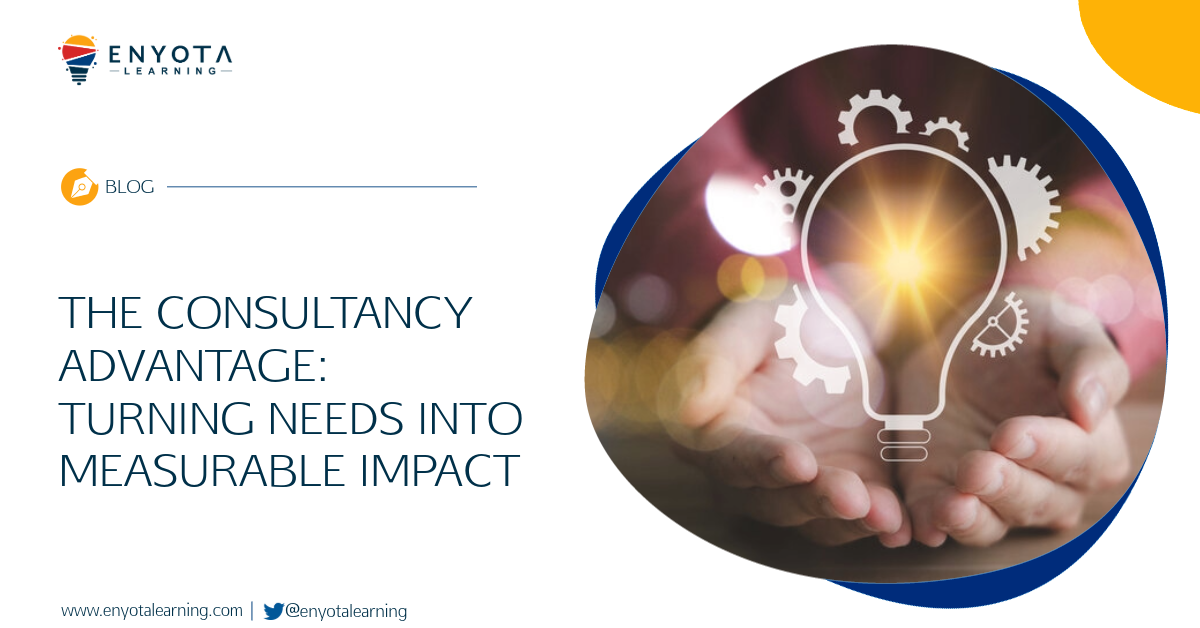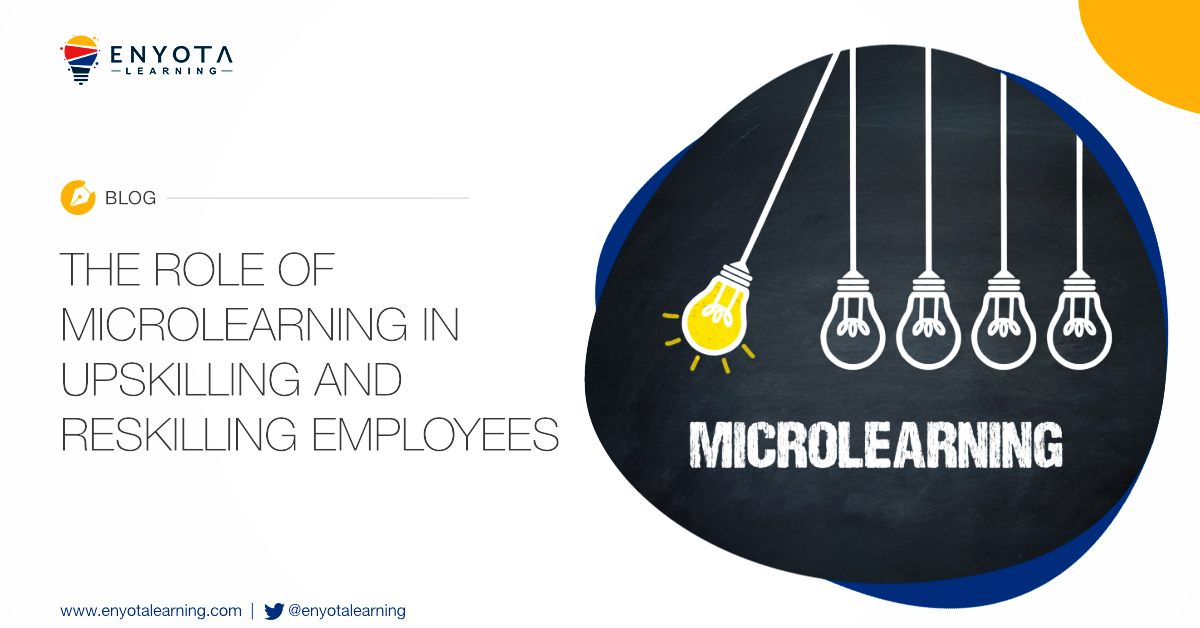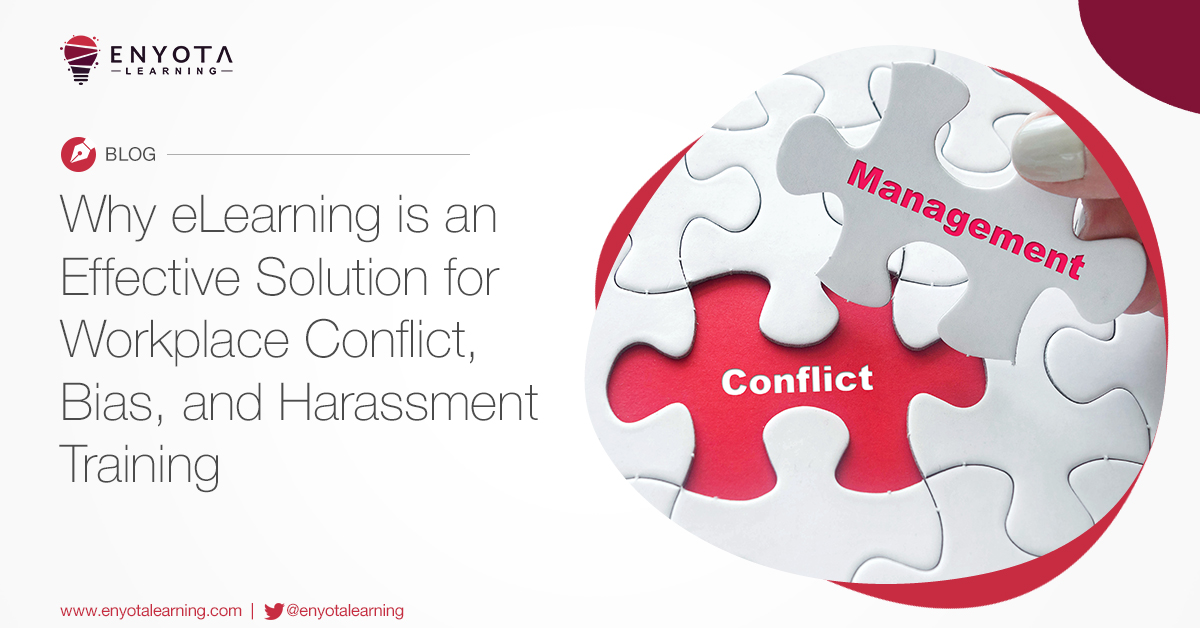In today’s workplace, it’s increasingly common to find Baby Boomers, Gen X, Gen Y, and Gen Z working side by side. This blend of perspectives brings creativity, resilience, and adaptability, but it also introduces unique challenges for training. Designing learning strategies that resonate across age groups is no small task, and this is where organizations must be intentional.
The rise of hybrid and remote work, digital acceleration, and shifting employee expectations has amplified the need for thoughtful, inclusive training. For example, a Baby Boomer manager may prefer structured workshops, while a Gen Z new hire may expect interactive, mobile-first content. Unless learning programs address these contrasting preferences, engagement and retention suffer. Organizations that succeed in multigenerational training not only bridge skill gaps but also strengthen collaboration and innovation across teams.
At its core, training for a multigenerational workforce is about inclusion, engagement, and relevance. When employees feel that learning is tailored to their needs and delivered in formats they value, participation rises, retention improves, and collaboration thrives. So how can L&D leaders create programs that strike the right balance? Here are strategies that consistently work.
Adopt a Learner-Centric, Flexible Approach
Instead of building programs for one demographic, modern training must be learner-centric. This means offering multiple formats and access options that allow each employee to choose how they engage with content.
- Microlearning, with short and focused modules, works particularly well for Millennials and Gen Z, who prefer on-the-go, mobile-friendly experiences.
- Scenario-based learning, with immersive and story-driven modules, appeals to every generation by linking content to real-world challenges.
- Blended learning ecosystems, combining eLearning, mentoring, peer sessions, create holistic and long-term impact.
LinkedIn’s 2022 Workplace Learning Report finds that 74% of L&D professionals agree learning has become more collaborative—highlighting the need for flexible, learner-centric programs.
Personalize Through Custom eLearning
A multigenerational workforce thrives when learning experiences reflect both organizational goals and individual preferences. Customization ensures that every segment of your workforce connects with training in meaningful ways.
- Tailored eLearning, whether through interactive videos, gamified assessments, or infographic-led modules, keeps engagement levels high.
- Seamless LMS integration makes localization, translation, and mobile accessibility easier for global teams.
Organizations that tailor learning experiences to individual needs tend to see noticeably higher engagement and better learning outcomes compared to one-size-fits-all approaches.
Encourage Social and Collaborative Learning
With employees spanning multiple generations, social learning creates opportunities for knowledge exchange that go beyond formal training.
- Social platforms allow Baby Boomers to share deep industry experience while Gen Z contributes digital-first skills.
- Reverse mentoring initiatives bridge gaps, enabling younger employees to coach senior peers on technology while gaining leadership exposure themselves.
- Feedback loops and peer groups encourage trust across age groups.
SHRM highlights that generational diversity adds complexity to training design, making collaborative approaches critical.
Use Just-in-Time Mobile Learning
On-demand access to learning is now an expectation across industries. Mobile-first strategies empower employees to learn when and where they choose.
- Millennials and Gen Z gravitate toward podcasts, and micro-courses.
- Baby Boomers and Gen X, value mobile learning when it is intuitive and easy to navigate.
- Adding progress bars, badges, and micro-certifications motivates learners without overwhelming those less comfortable with technology.
Research shows that around two-thirds of employees prefer mobile learning options as they fit busy schedules and minimize work disruption.
Balance Innovation with Accessibility
Technology offers exciting possibilities, but not all learners are equally comfortable with advanced tools like VR or avatars. The best approach balances cutting-edge innovation with accessibility and inclusivity.
- Evaluate learner readiness before adopting high-tech solutions, ensuring that no group feels left behind.
- Use accessible tools such as engaging videos, scenario-based learning, or interactive PDFs to deliver impact without unnecessary complexity.
- Introduce advanced methods gradually, combining them with simple formats for smoother adoption across generations.
Overly complex training tech often results in lower adoption rates, proving that innovation should serve accessibility rather than replace it.
Embed Learning in Workflow for Long-Term Impact
Sustainable learning goes beyond one-off sessions. Embedding training into the flow of everyday work ensures relevance, encourages habit-building, and delivers measurable business impact.
- Integrating training into daily tasks strengthens retention and practical application.
- Targeted learning addresses immediate needs, while structured frameworks cultivate deeper capabilities over time.
- Embedding programs within organizational processes ties individual growth directly to business success.
Why eNyota Learning Excels in Multigenerational Training
We have worked with organizations across industries to create training solutions that balance generational needs with measurable outcomes. Here’s how we stand out:
- Learner-centric design: From micro-modules to scenario storytelling, we adapt to diverse preferences.
- Custom eLearning expertise: We integrate seamlessly with LMS platforms, making learning mobile-ready, localized, and flexible.
- Balanced innovation: We prioritize strategies that are impactful, and scalable.
- Strategic blended learning: We combine immediate solutions with frameworks that support long-term capability.
For instance, many organizations face the challenge of creating training that resonates with both senior leaders and early-career professionals. A blended solution that combines microlearning, mentoring, and mobile-first modules often proves effective. Such an approach not only boosts course completion rates but also strengthens collaboration across generations.
Conclusion
Training a multigenerational workforce is no longer optional, it is a business necessity. Organizations that invest in flexible, personalized, and inclusive training not only improve engagement but also unlock higher productivity, and retention.
Looking ahead, the future of corporate training will be shaped by personalization powered by AI, inclusive strategies that ensure no generation is left behind. By embracing these approaches today, businesses can build resilient workforces ready for tomorrow’s challenges.
We specialize in designing custom eLearning solutions that address diverse workforce needs while keeping business objectives at the forefront. Whether your teams are working on the shop floor, in offices, or remotely across global locations, we ensure that training works for every generation.




